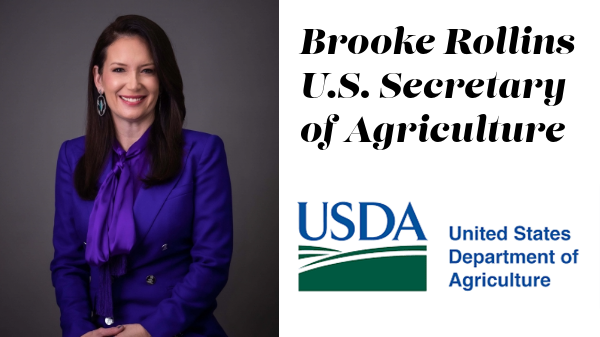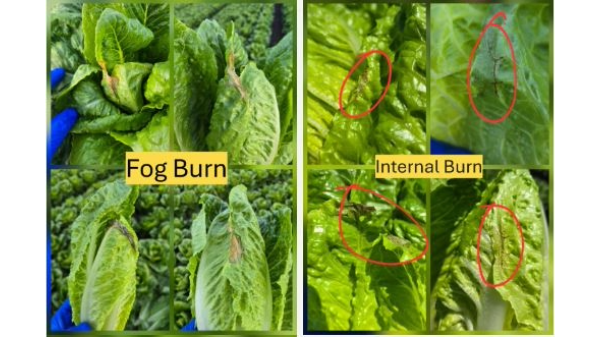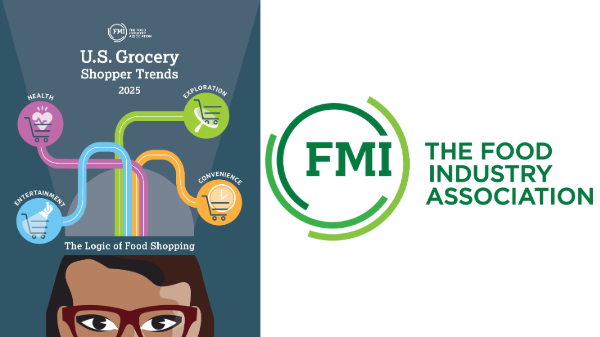Welcome to Blue Book!
Are you ready to join the thousands of companies who rely on Blue Book to drive smarter decisions? View our plans and get started today!
Still have questions? We’d love to show you what Blue Book can do for you. Drop us a line– we’ve been waiting for you.

Colescott also attributes the growing importance of Peruvian exports to “free trade agreements and adherence to strict quality measures. But the real drivers of growth came from marketing and promotional efforts creating consumer awareness of the many health benefits and versatile recipe uses.” He says Southern Specialties now offers “many packaging formats which include asparagus tips, microwave bags, asparagus tenders, and bulk formats.”
According to Shuman, a combination of trade relations, research and development, marketing programs, and growing and packing enhancements has led to the continued success of Peruvian sweet onion deal. “We have developed partnerships and programs over the last 17 years that have allowed us to continue to offer a consistently high-quality product to the market during the Peruvian sweet onion season. Thanks to the growth and success of our Peruvian sweet onion import program, we maintain a year-round supply of the best sweet onions available.”
A Glimpse Of The Future
As Peru expands its produce export industry to North America, Asia, and Europe, most suppliers and receivers are optimistic. Marguleas believes new seedless grape varieties will gain market share in Europe and North America, while Durkin sees greater growth potential for exports to Japan, China, Europe, and North America. Durkin adds, “Gone are the days of reliance on North America; globalized commerce has become a reality for Peru’s agricultural sector.”
To keep Peru’s agricultural industry surging forward, however, there are obstacles. Like most exporting nations, issues include water appropriation, as well as some supply chain and labor challenges. “Although Peru has ample water supplies,” cautions Colescott, “there is a water distribution problem. Less than 2 percent of the available water makes it to the growing regions.” In addition, he believes “Investments are needed in infrastructure, including road and port improvements.”
And as the export industry continues to grow, Colescott believes growers and shippers will need to carefully balance increased demand with climbing costs and “find ways to attract and retain laborers responsible for harvesting, packing, and logistics. This will involve providing housing, education, daycare, transportation, and other incentives to keep employees committed.”
Image: Shutterstock








